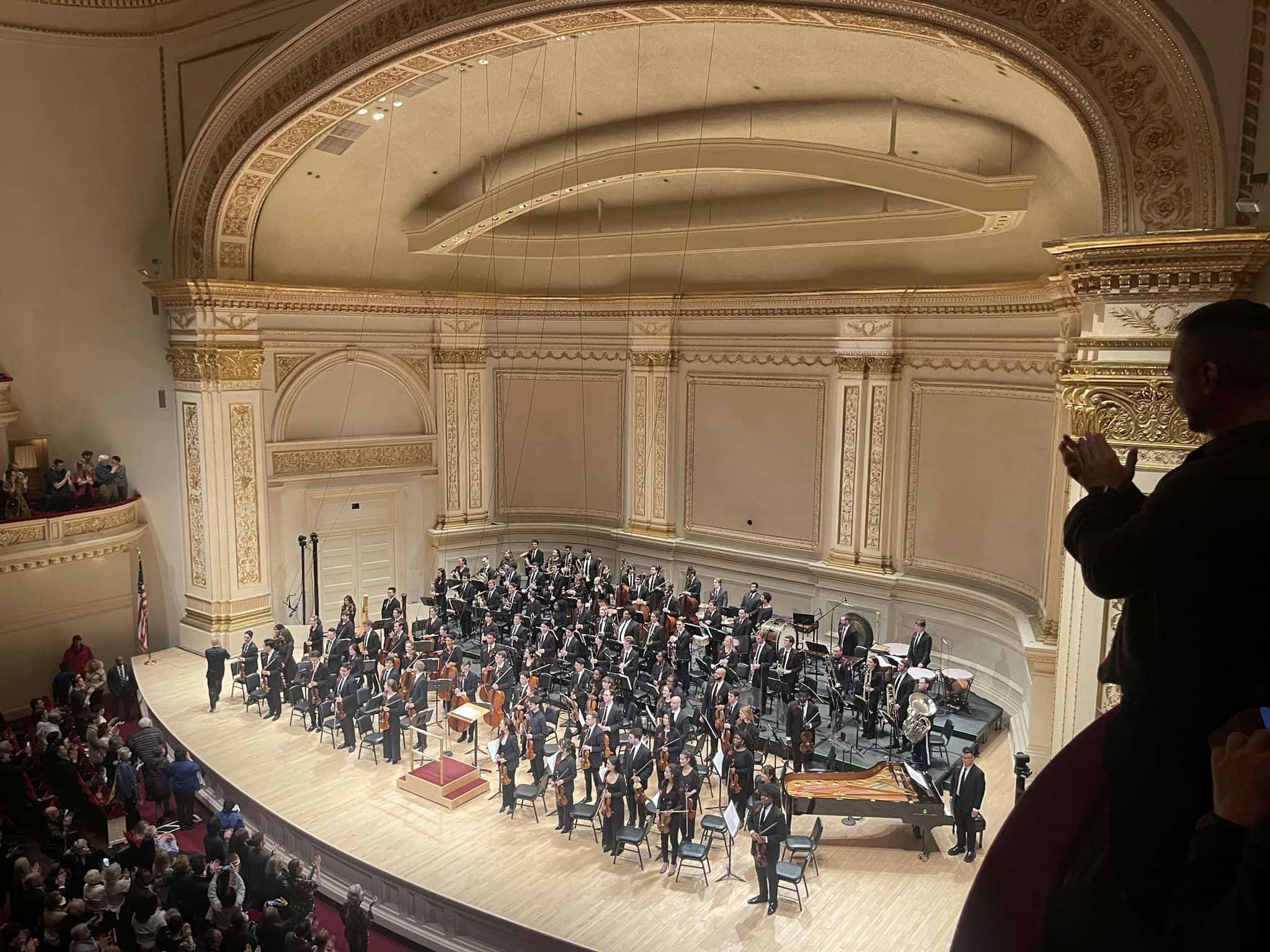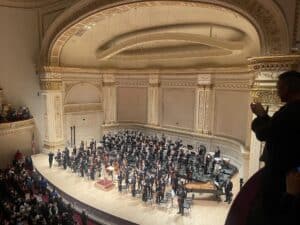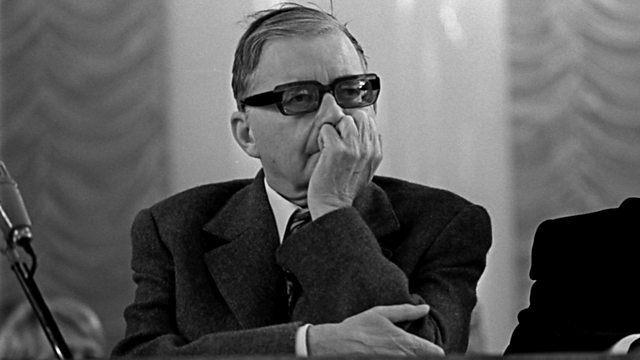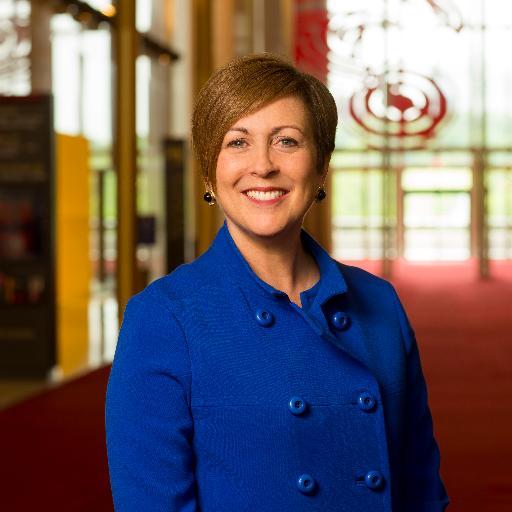Review: National Youth Orchestra/Yannick at Carnegie Hall
OrchestrasOur roving critic Susan Hall has heard the future, and it works:
The National Youth Orchestra performed works by George Gershwin and Dmitri Shostakovich at Carnegie Hall. Yannick Nezet-Seguin conducted. Dimtri Trifinov performed Gershwin’s Piano Concerto in F with flair, flash and deep feeling.
The NYO, organized by Carnegie’s Weill Institute, is modeled on the National Youth Orchestra of Great Britain. One hundred and ten 16-19 year olds are residents at SUNY Purchase for two weeks during the summer. This is followed by a national or international tour.
The musicians on stage at Stern Auditorium are a product of years of development in the Carnegie Hall system. Many now perform in major orchestras. Those who give up music as a career are top candidates for medical school and also form the foundation of new audiences for classical music.
What does their training give them? A sense of confidence. Of discipline. And of joy of music.
Both works performed are challenging. In the Gershwin, the orchestra performs an equal role with the soloist. This is less a dialogue than an embedding of the piano in the orchestra. The balancing act required to meld the elements without losing either of them was masterfully undertaken under Yannick Nezet-Segin’s direction.
Gershwin wrote at the time of the Weimar Republic, whose music Carnegie is exploring this spring. Rhapsody in Blue, perhaps his most performed work, was written in ten days and is now called a white-washed version of Harlem’s vibrant Black scene. The Concerto has had a different fate, in part because it is a considered work and orchestrated by Gershwin himself.
Shostakovich’s Seventh Symphony followed the interval. Throughout the work instrumental soloists are featured performing phrases which they pass off one to the other. Sectional leaders give us a rich sense of these Youth Orchestra talents. The piccolo flute, clarinet, and bassoon give individual colors to a work that is often quiet, but can launch into raucous moments close to noise.
In the second movement, fiery high notes on the violins are contrasted with concerned basses. The oboe solo carries us to another place, perhaps Leningrad in all its pacific beauty. The bass clarinet shows us dark, rich colors appearing here and in the third section. Plucked violas and harps picked up the rhythm of the drums.
In the finale, the snare drum sounds like machine-gun fire. The brass explodes. And then there is quiet, before the smashing climax.
Words cannot express what music means to young people who get a chance to learn and perform. Yet the expression of the twelve-year- old Porchè Brinker at the opening and conclusion of this year’s Academy Award winning short documentary tells it all. The film, The Last Repair Shop, is the story of musicians and technicians who keep 80,000 musical instruments in working order for the Los Angeles public school system. Porchè Binker’s smile radiates more love in clasping her violin than she does with the Oscar in her arms. This expresses the impact of music on young people. The NYO alumni performing at Carnegie Hall gives a collective punch to this insight.
Susan Hall
Watch here.







Comments